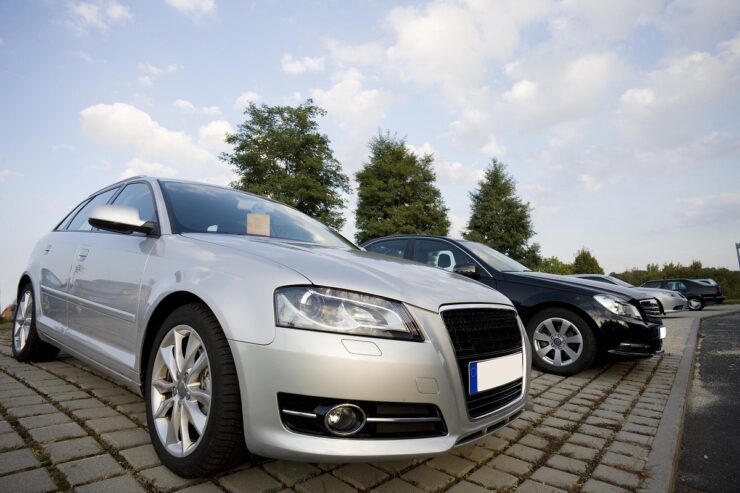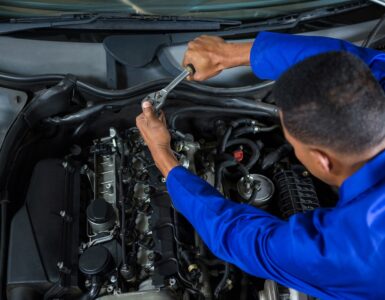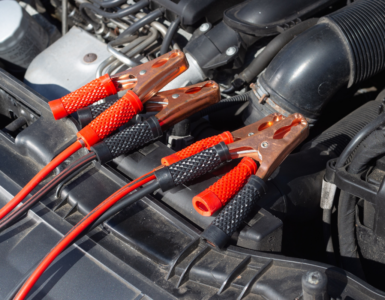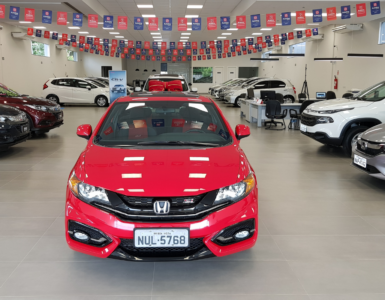For many people buying or leasing a car is one of the most crucial decisions they’ll ever face. A person’s priorities play a major part in deciding whether to buy or lease a vehicle. It’s an issue of finances for some drivers. Others think that building a personal relationship with the vehicle they drive is more important.
However, it is critical to understand the distinctions between the two choices before deciding which option to choose. This article will discuss 10 important differences between purchasing and leasing. By the end of this article, you’ll be able to drive off the lot in an automobile that you’ve purchased or leased.
10 Differences Between Leasing And Buying A Car
1. Ownership
A car’s ownership is the main difference between buying and leasing a car. The car you buy becomes yours, and you have complete control over how long you keep it. When leasing a car, you effectively borrow it from the dealership for a predetermined amount of time.
2. Month-To-Month Billing
The monthly payments associated with leasing a car are typically around 30 percent less expensive than the monthly payments associated with buying the car.
3. Down Payment
If you decide to buy a car, you will almost certainly be required to make a down payment, which may be as high as 10 percent of the total purchase price. Leasing requires a much less initial payment, and in certain instances, there is almost no money required. Leasing provides extra flexibility in the event that your cash flow is constrained.
4. Duration Of Ownership
By “ownership,” we mean the period during which you own a vehicle. After purchasing an automobile, you can keep it for one year or until the wheels come off and you drive it into the ground. A lease is only valid for a particular amount of time, usually two to three years. Since there are typically fines for returning the car early, the period of “ownership” must be strictly adhered to in order to avoid any misunderstanding.
5. Returning Or Selling A Car
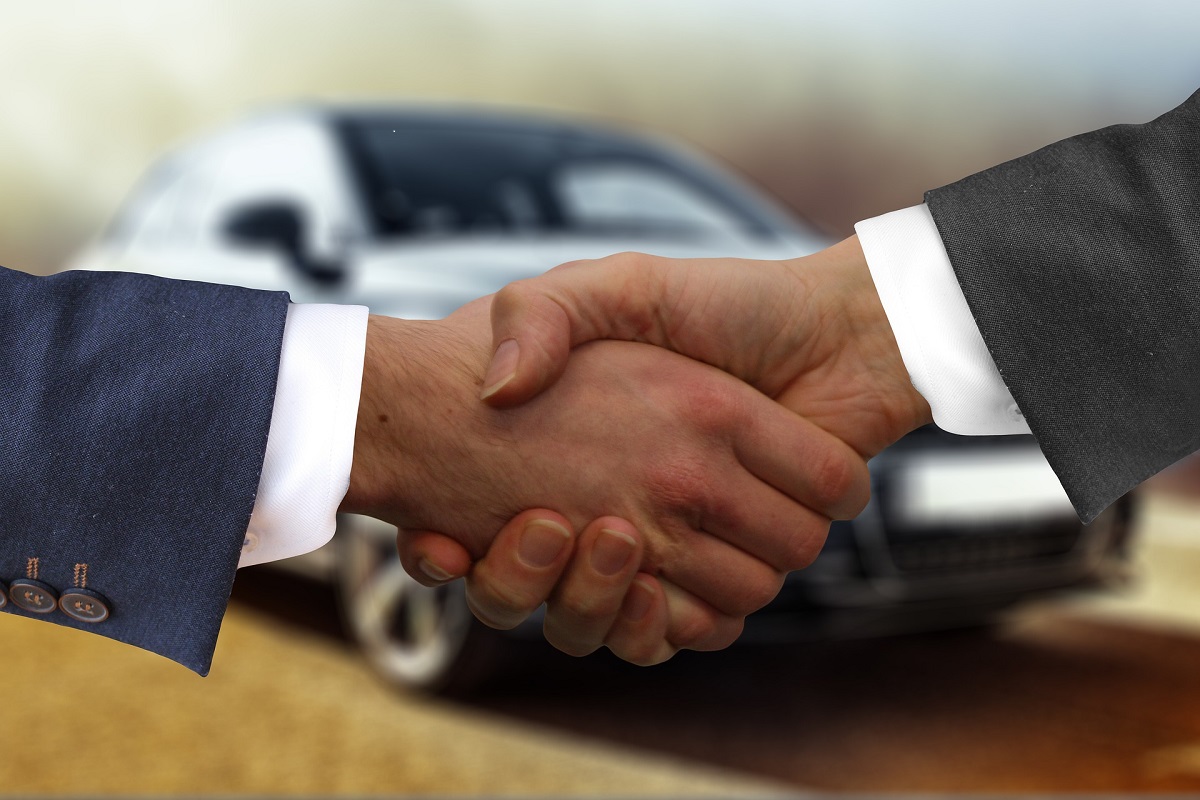
Purchasing a vehicle gives you complete control over how you use it. When you’re ready to get rid of it, there are two options: trade it in for a new one or sell it for cash on your own. It’s much simpler to lease a property. You return the vehicle to the dealership, hand them your keys, and leave. On the other hand, leaving with nothing in your pocket is a disadvantage.
6. The Value In The Future
Buy assets that appreciate in value and lease those that decline in value; this is the phrase you’ve heard before. You may be wondering what it implies, so let’s explain it. The idea is to buy assets that will appreciate in value over time, such as houses. You’re making a long-term investment that might pay off in the future. Vehicles lose their value over time. So you’d lease it since you wouldn’t be able to recoup your investment.
7. End Of Term Payment
Regardless of whether you choose to buy or lease your vehicle, you will have to make payments over a specific period of time. There are no more monthly payments with a car purchase after you’ve paid off the vehicle. Leases don’t provide you with that option. You pay for the car as long as you have it till it’s time to return it.
8. Mileage Limit
As part of the agreement, leases often include a mileage cap of between 10,000 and 15,000 per year. If you exceed the agreed-upon mileage restriction when you return the vehicle at the end of your lease, you will be charged an overage fee. When leasing or purchasing a vehicle, bear this in mind if you have a lengthy commute, drive for work, or like long road trips. It’s yours to do with as you like when buying an automobile.
9. Maintenance Of Wear & Tear
Leasing might not be the best choice for you if you tend to be very hard on your vehicles. Keep in mind that this is a long-term rental, and the dealership will then attempt to sell the vehicle once it has been returned to them. If you return the automobile in a state that is not satisfactory, you will be charged an additional fee.
10. Customization
Before turning in the automobile, most lease agreements require that it be returned in the same condition as when it was first delivered. Therefore, to return the automobile, any modifications you made to it, such as installing rims that are 20 inches in diameter or installing a short-shifter, must be removed. If you buy a car, you may customize it whatever you want, and you’ll never have to worry about removing any of the modifications before selling it.
Conclusion
Making a big financial decision like buying a new car requires careful consideration of the cost of the vehicle, its maintenance, and its value when it’s time to trade it in. Leasing and loan calculators are available on a variety of automotive and lending websites. Also, consider consulting a financial advisor at your bank or credit union before entering the potentially stressful environment of a car dealership. Whether leading or buying, in the end, the choice is all yours.
Now that you have the answers to one of the most important questions, head on over to our Motoring Section to check out some of our other engaging content, such as DIY Car Maintenance Tips, Seven Car Accessories You Should Try, and How To Use An App To Find A Stolen Car.

